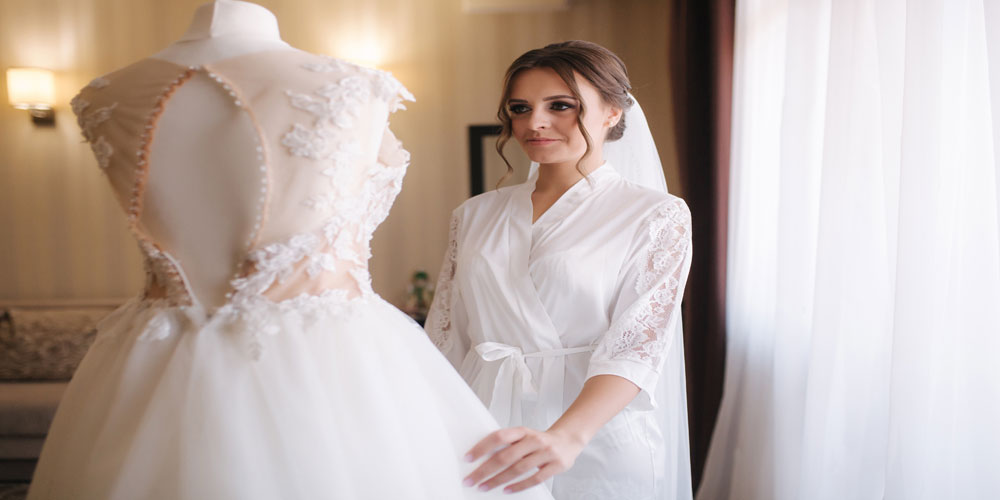Wedding dresses have long been a symbol of love, commitment, and celebration. They vary in style, color, and design, reflecting the cultural and historical influences of their time. As we dive into the fascinating history of wedding dresses, we’ll explore how they have evolved from ancient traditions to contemporary trends, offering a glimpse into the ever-changing world of bridal fashion.
Ancient Origins:
The tradition of wearing special garments for wedding ceremonies dates back thousands of years. In ancient times, wedding dresses were not always white; they could be red, blue, or other colors depending on the culture. Ancient Roman brides, for instance, often wore white tunics made of wool, symbolizing purity and fertility. Similarly, Chinese brides traditionally wore red dresses, representing luck and happiness.
Medieval and Renaissance Elegance:
In medieval Europe, weddings were grand affairs, and wealthy brides donned dresses made from sumptuous fabrics like silk and satin. White and blue were popular colors, symbolizing purity and loyalty, respectively. The concept of the bridal veil emerged during this era, serving as a symbol of modesty and a way to ward off evil spirits.
Victorian Influence:
The 19th century marked a significant shift in bridal fashion, thanks to Queen Victoria’s wedding to Prince Albert in 1840. Victoria’s choice of a white satin gown with lace detailing set a trend that endures to this day. The Victorian era also popularized the idea of brides carrying bouquets, often adorned with herbs to symbolize fertility and garlic to ward off evil spirits.
The Roaring Twenties:
The 1920s brought a sense of liberation and a break from tradition. Wedding dresses of this era were typically shorter, more relaxed, and reflected the flapper style with drop-waist designs, intricate beading, and fringes. Brides embraced the spirit of the Jazz Age, and wedding attire became a reflection of the times.
Mid-20th Century Elegance:
The mid-20th century saw a return to more traditional, classic wedding dresses. The 1950s, in particular, were marked by the popularity of tea-length gowns, cinched waists, and full skirts. Audrey Hepburn’s iconic dress in “Funny Face” and Grace Kelly’s elegant gown further cemented this era’s influence on bridal fashion.
Contemporary Diversity:
Today, wedding dresses come in an astonishing array of styles, reflecting individual preferences and cultural diversity. While white remains a popular choice, many brides opt for colored dresses or unique designs. Bridal fashion has also embraced various silhouettes, from ball gowns to mermaid cuts and everything in between.
The Future of Bridal Fashion:
As society continues to evolve, so does bridal fashion. Modern brides are increasingly seeking sustainable, eco-friendly wedding attire, and designers are incorporating innovative fabrics and ethical practices into their creations. Customization and personalization are also on the rise, allowing brides to express their individuality in their wedding dress choices.
The history of wedding dresses is a captivating journey through time, showcasing how culture, fashion, and societal norms have influenced these iconic garments. From ancient traditions to contemporary trends, wedding dresses have continued to evolve, reflecting the unique aspirations and values of each era. Whether classic, daring, vintage-inspired, or ultra-modern, a bride’s choice of wedding dress will always be a reflection of her personality and the times in which she lives.
